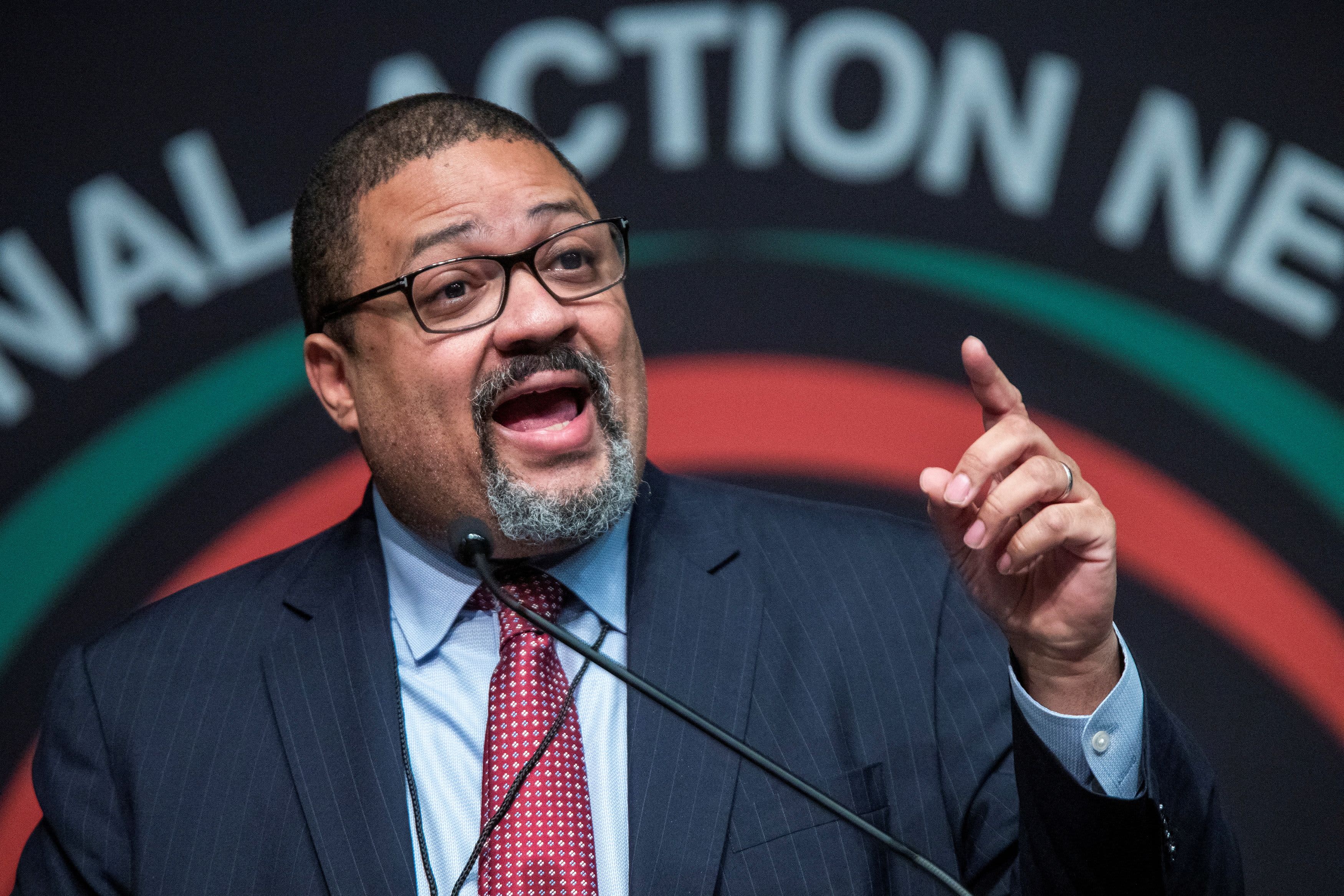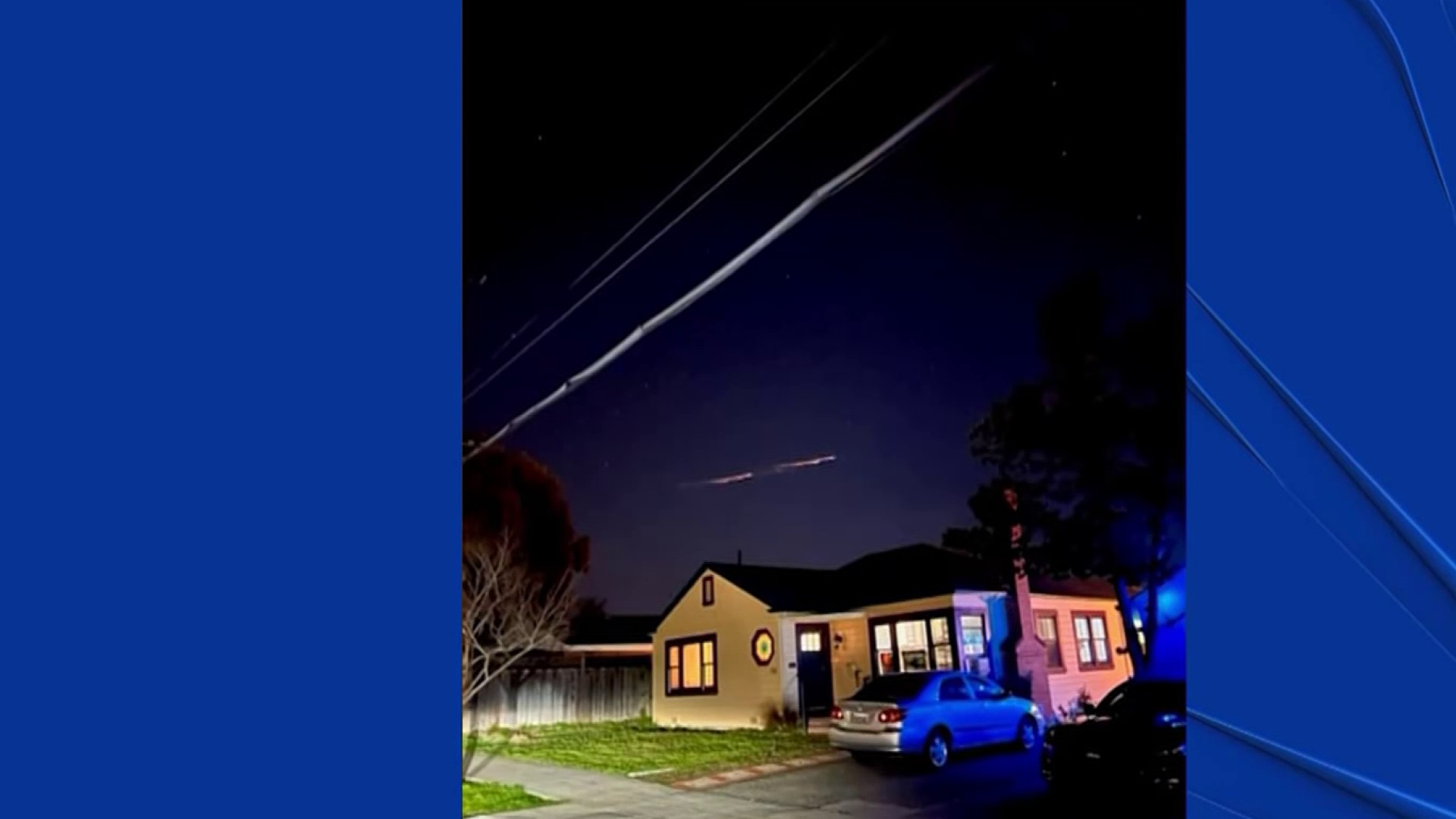A grand jury in Manhattan has been hearing testimony since January in the case of hush money payments made to Stormy Daniels allegedly authorized by Donald Trump in 2016.
Prosecutors have been investigating since Trump’s former personal attorney Michael Cohen admitted in 2018 that he paid Daniels $130,000 before the presidential election to silence her claims about an alleged sexual encounter the two had years earlier.
Cohen spent hours testifying before the grand jury over two days earlier this week. He emerged Wednesday from his second day of testimony saying he would continue to cooperate with prosecutors and provide them any information “that they need.”
The former president's current lawyer said Trump was invited to testify before the grand jury but has no plans to do so.
Get Tri-state area news and weather forecasts to your inbox. Sign up for NBC New York newsletters.
There has been no public announcement of any time frame for the grand jury’s secret work in the case. At least one additional witness is expected to testify, further indicating that no vote to indict has been taken, the AP reports.
How Does Grand Jury Process Work?
The grand jury's role is to determine whether there is probable cause to believe a defendant has committed a crime and should be put on trial.
The prosecutors go into the room with the grand jury to read the crimes/charges and define elements of the crimes.
If 12 or more jurors don’t believe a crime had been committed, then the case is dismissed.
If 12 vote in favor, the indictment is drawn up and brought to the grand jury to make sure it’s correct and the jury foreman will sign it if correct (at that point this is known as the “true bill”).
While there is no time certain for this, at some point, the jury’s returned indictment gets filed under seal with the court.
Filing is the key action that has to take place. If it has not been filed, it’s not a done deal.
If it is filed under seal, no one other than the court staff and prosecutors can see it.
Once the indictment is filed, the prosecutor will typically reach out to the defendant’s attorneys to say their client needs to surrender or provide an arraignment date.
Typically, the prosecutor then gets an unsealing order from the judge, so they can alert the public and give the defense a copy as well (until then, they technically aren’t allowed to).
The defendant is then processed (which is not public) and arraigned by a judge (which is public).
It is possible a defendant could surrender before an indictment becomes public, in which case the public might see a defendant arrive at the courthouse before an indictment is formally announced.




